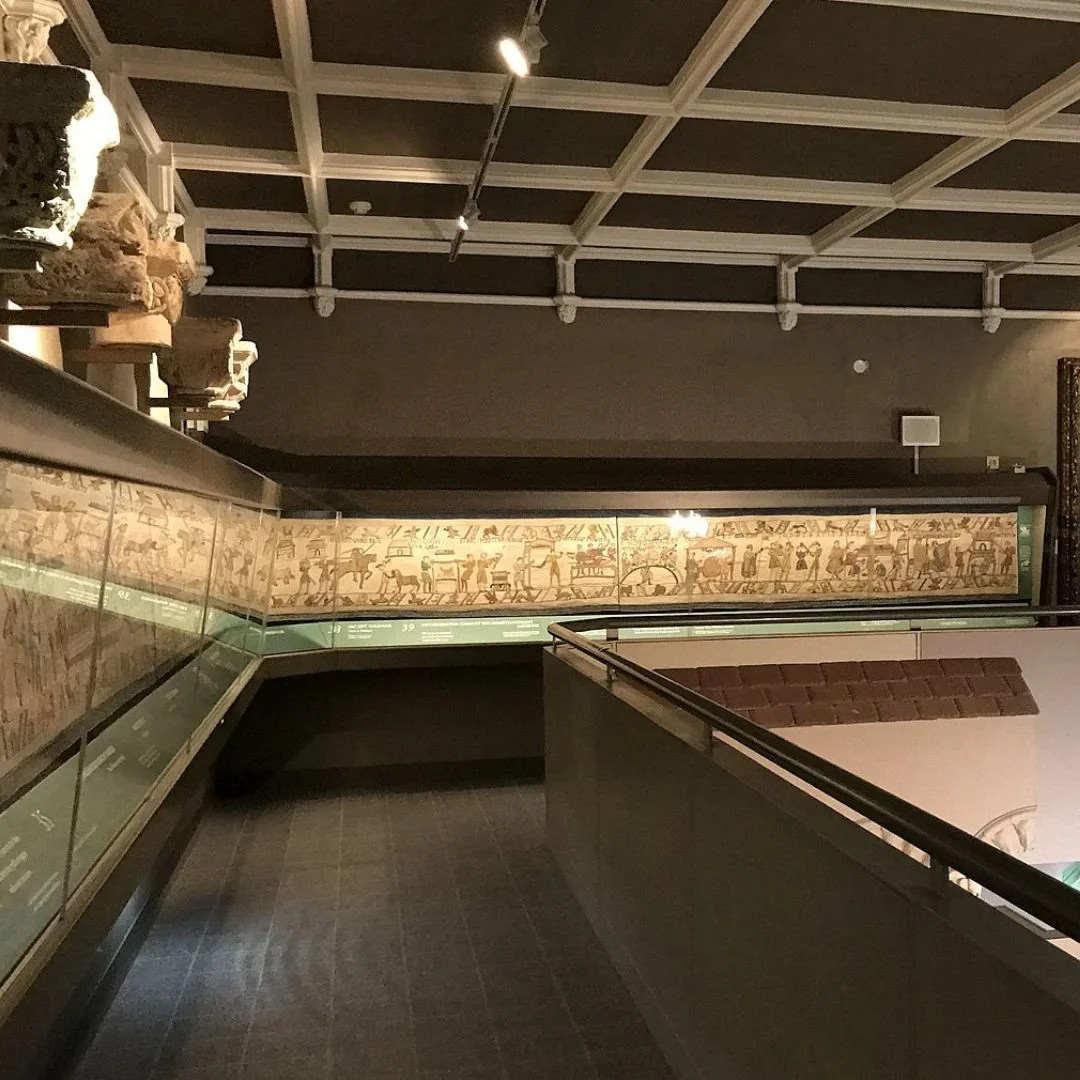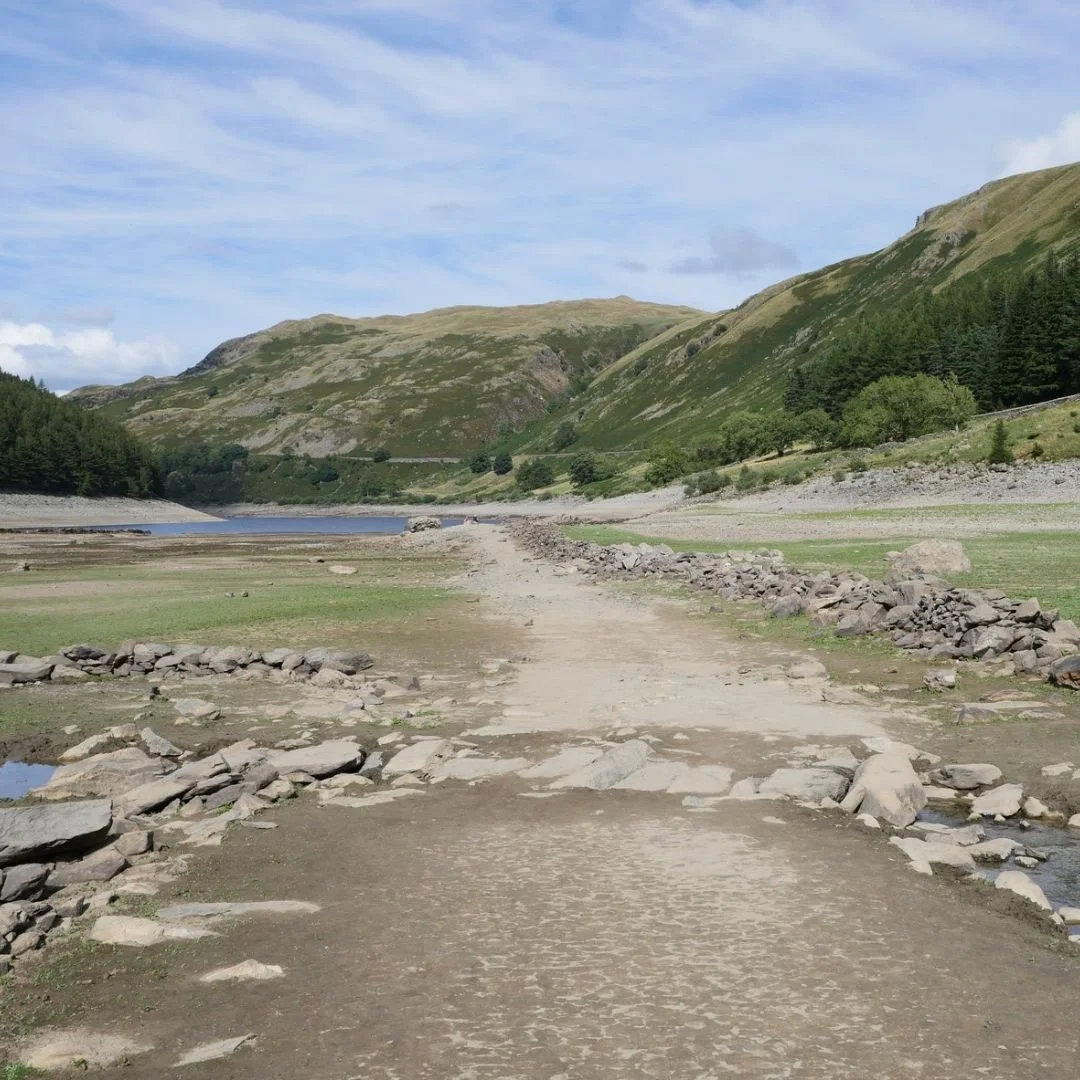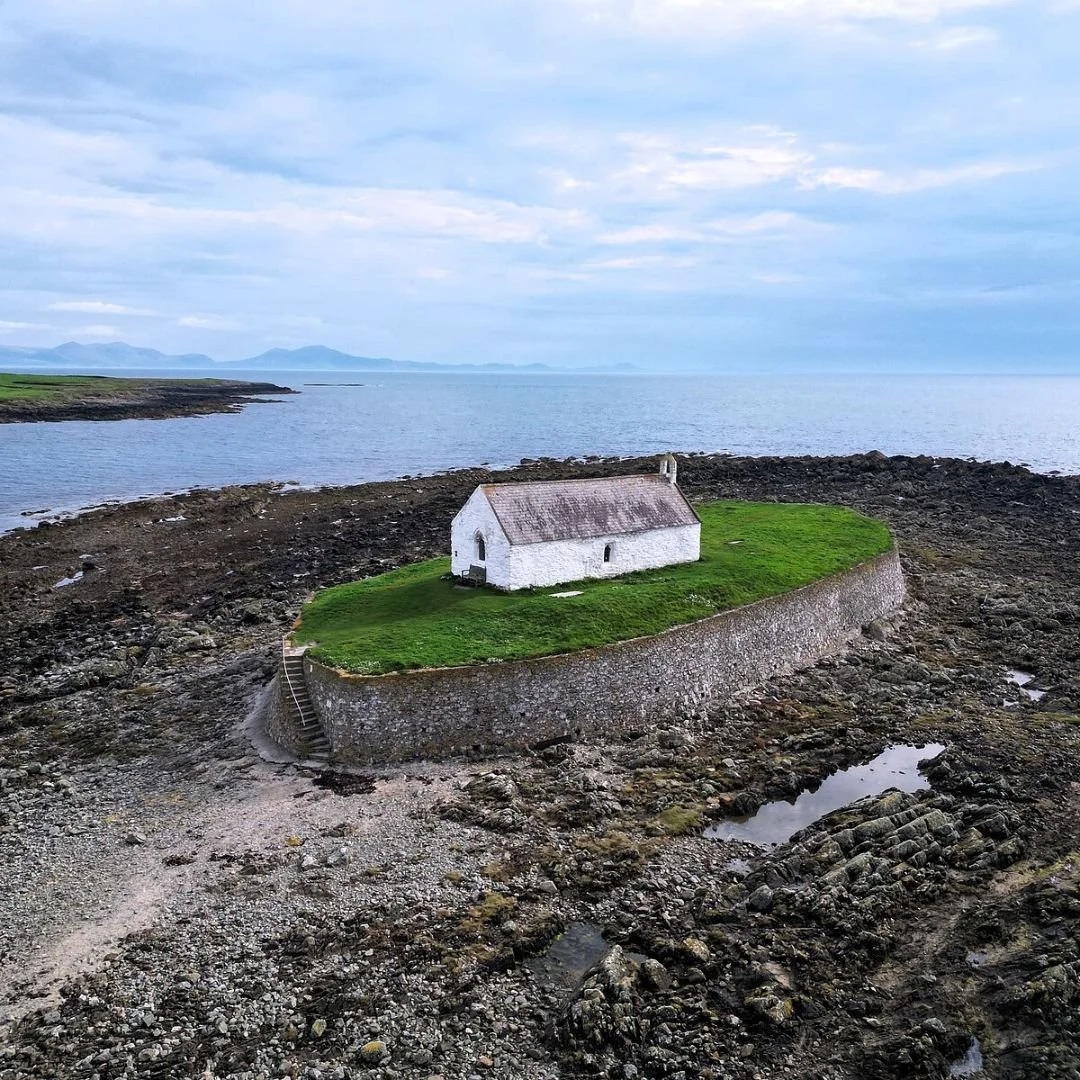The Clifton Rocks Railway, Bristol: Engineering Marvel
The Clifton Rocks Railway is a fascinating piece of Bristol’s History.
The Clifton Rocks Railway was closed around 90 years ago, and yet because it ran in tunnel nearly all of it still exists, and both stations can be seen (but not entered).
The railway was once operational in Bristol, and it served as an underground funicular railway.
It also served as a World War Two air-raid shelter and transmission base for the BBC.
Today, most of us pass by this historic landmark without even knowing it is there.
It connected Clifton atop the Avon Gorge to Hotwells and Bristol Harbour below, traversing through a tunnel carved into the limestone cliffs.
The railway's construction was financed by George Newnes, a notable publisher who also owned the Lynton and Lynmouth Cliff Railway.
Commencing in March 1891, the construction involved boring a 28-foot wide tunnel through the limestone cliffs, utilising both machine and hand drills.
Engineers originally thought the tunnel, which was 500ft long and ran 230ft deep, would take only a year to dig.
They quickly had to re-assess. Thanks to the number of rock falls caused by digging the tunnel – which had a 45% gradient – through the fault-riddled limestone, engineers decided that the tunnel needed to be lined with brick.
The endeavour, originally estimated at £10,000, ultimately consumed two years and £30,000 (equivalent to £3,500,000 in 2024), tripling its initial projection.
The propulsion system employed the water-balance method, where each pair of cars were linked by a cable looped around a pulley at the upper station.
Water tanks on each car were filled at the top, providing additional weight to drive the motion.
The railway opened on 11 March 1893 and carried 6,220 passengers on the opening day, and 427,492 in the first year of operation.
Following its promising beginnings, passenger figures gradually dwindled until 1908, prompting the company's bankruptcy declaration.
Subsequently, in 1912, it was acquired by Bristol Tramways for a sum of £1,500 (equivalent to £158,000 in 2024).
In 1922, Hotwell Road underwent expansion into Portway, serving as a rapid thoroughfare, which resulted in the discontinuation of the tram service to Bristol and the closure of Hotwells railway station on the Bristol Port and Pier Railway near the lower terminus of the Cliff Railway.
These alterations precipitated a significant decline in passenger traffic, culminating in the final train journey on 29 September 1934.
Use of the Tunnel During the Second World War
Throughout the Second World War, blast walls were erected within the tunnel, repurposing it into offices for BOAC.
Additionally, the BBC utilised the space as a relay station and constructed seven emergency studios within. Moreover, it served as an air-raid shelter for nearby residents.
The BBC had to face up to the fact that Broadcasting House might be badly damaged by bombs or even taken over by invading Nazis.
They decided to set up an emergency headquarters in Bristol, capable of handling programme production if the need arose.
Since however, this station too could have come under attack, the search began for bomb proof premises.
The disused railway tunnel of the Bristol Port & Pier Railway was ear marked.
Despite the emergency situation, in a true blue act of eccentricity, the BBC, incredibly, sent its symphony orchestra consisting of nearly 100 members, to play in the proposed tunnel under the baton of the famous Sir Adrian Boult, with a view to checking the acoustics.
One can only presume that the BBC wanted to ensure that even if Britain was about to be completely and utterly destroyed, radio listeners should not be denied broadcasted symphony concerts of the highest quality whilst the bombs dropped around them.
The maestro reported favourably. Unfortunately the delay incurred in adopting these procedures had upset the BBC's plans.
The Director General went in person to inspect the tunnel, but the Nazi Air Force beat him to it and after a series of heavy raids, local people were occupying the tunnel for shelter.
The Director General took a typically British view and at once decided that it would be impossible now to occupy the tunnel.
The BBC had already considered the use of the Rocks Railway Tunnel but had rejected it due to the anticipated difficulties of coping with the steep incline.
Circumstances now dictated that they should construct their alternative base here.
The BBC maintained occupancy of sections of the tunnel until 1960.
Future use
Many ideas have been forthcoming on the utilisation of this fascinating relic of yesteryear. In all cases, the costs of providing the necessary conversion work far outweigh the returns.
There is perhaps something to commend the idea of leaving it alone so that it can remain virtually unnoticed except by the few who have discovered its charms.
It seems that the tunnel is almost certain to remain, in economic terms, what it has always been: an eccentric, exciting white elephant ...?
We believe that this place opens to the public just two days a year at the Bristol Open Doors Event.
Someone who previously visited the site said: “The guides are simply superb. All volunteers who are passionate about the railway and engage with the public fantastically.
”The tour will take you through the demise of Bristol's spa at the hands of its maritime expansion; the rocks railway conversion into WWII shelters and BBC signals station; and up to the present day.
”And all a stone's throw from a post tour pint in some of Clifton's finest hostelries.”
If you enjoyed this blog post, please follow us on Facebook for daily travel content and inspiration.
Don’t forget to check out our latest blog post below.
Thank you for visiting Exploring GB!





















